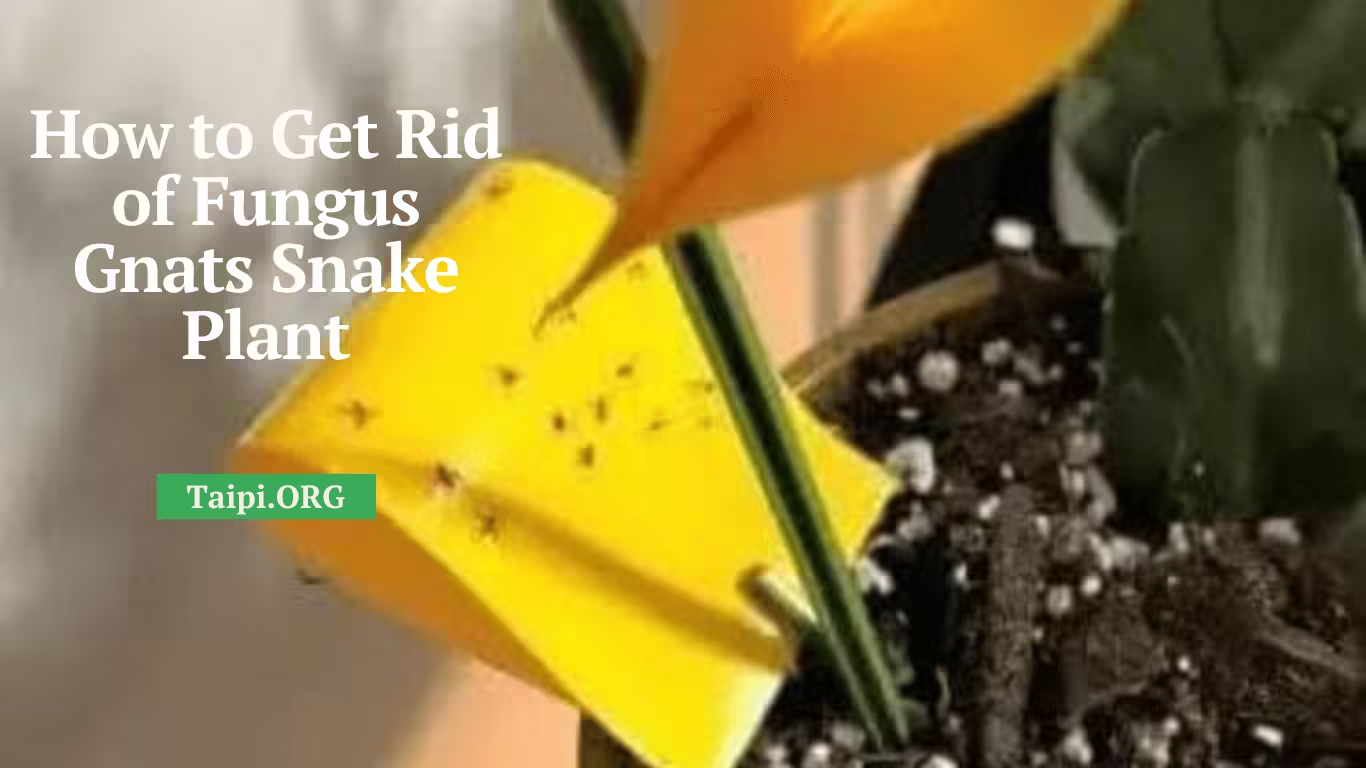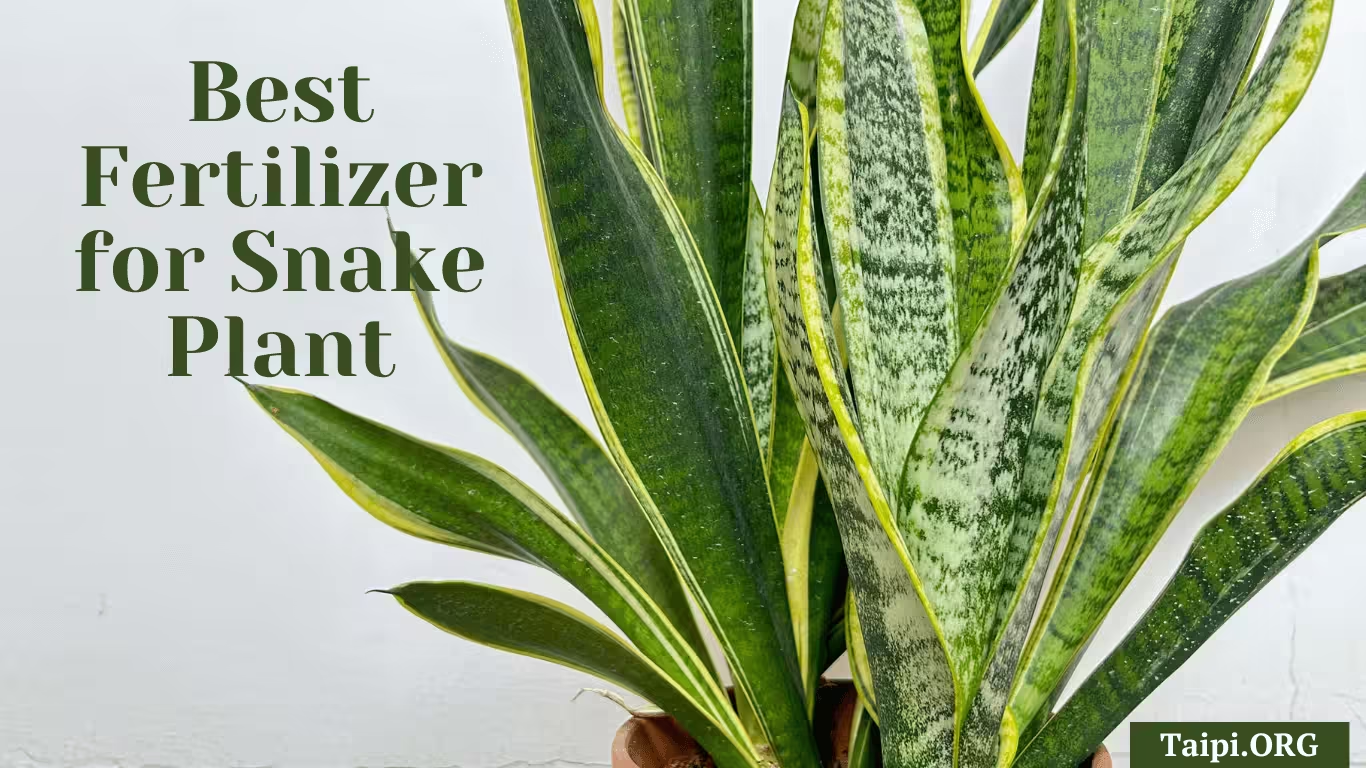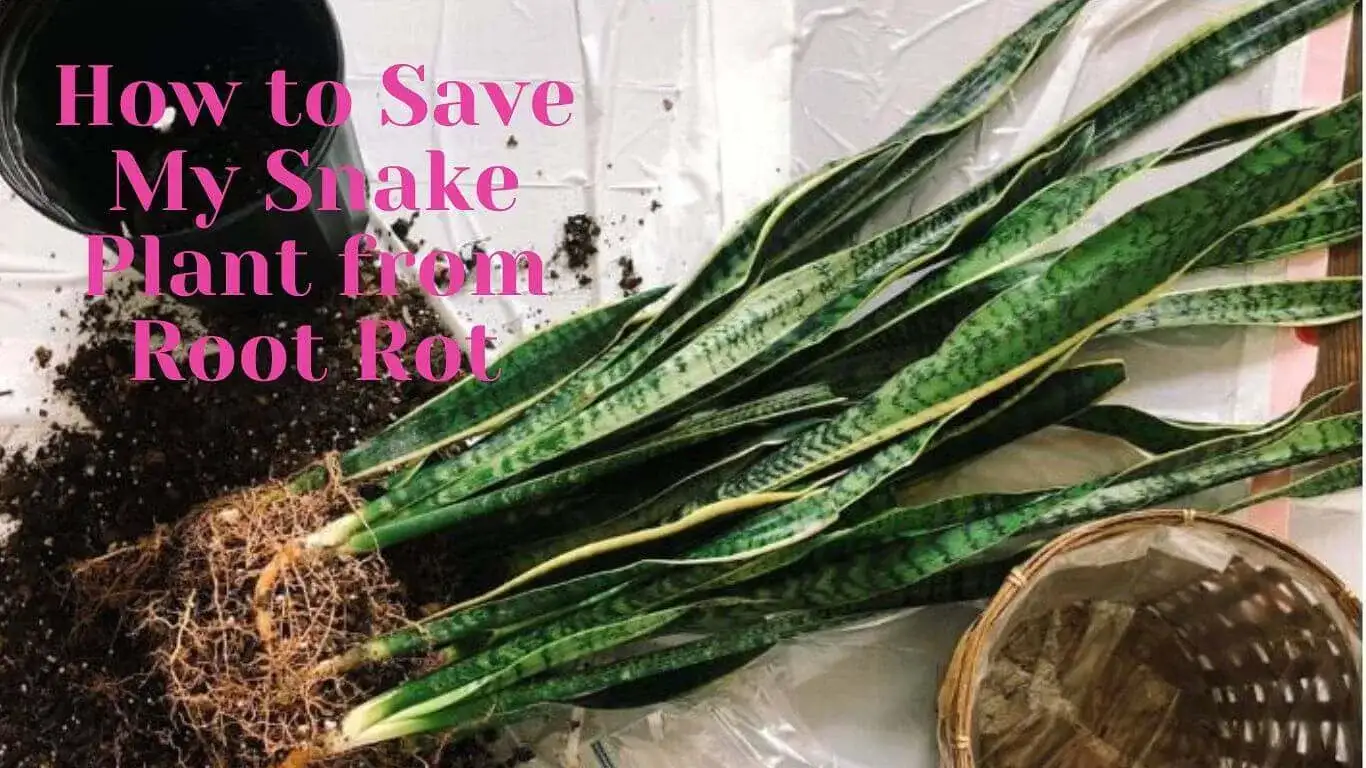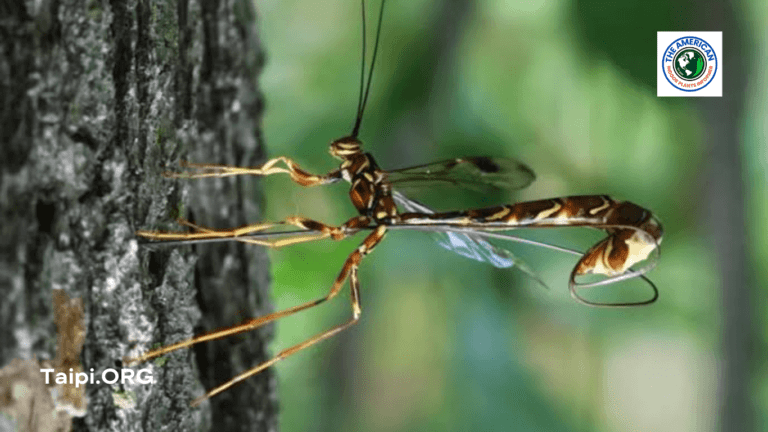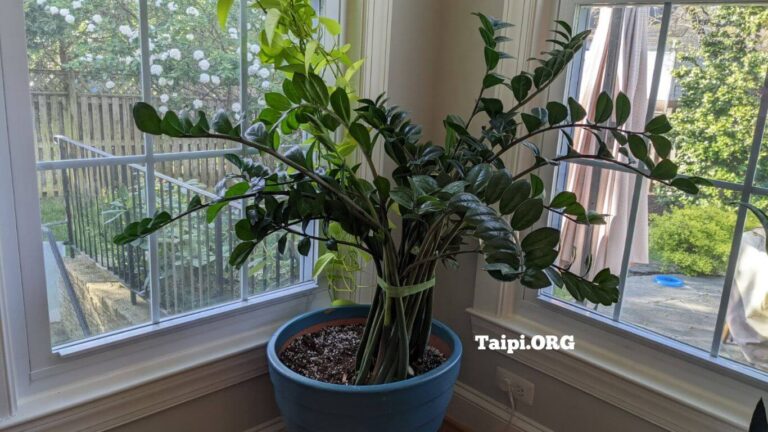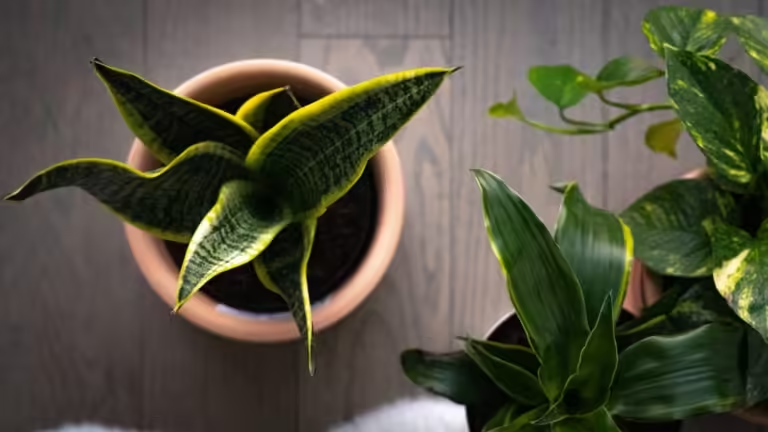How to Get Rid of Fungus Gnats Snake Plant
IN THE world of indoor gardening, the resilient and aesthetically pleasing snake plant continues to earn its place as a favorite among plant enthusiasts. However, even the sturdiest plants can face challenges, and one persistent foe that often invades the domain of your beloved snake plant is the dreaded fungus gnat. For that reason, I have decided to talk about how to get rid of fungus gnats snake plant.
Mix one part hydrogen peroxide with four parts water and spray down your soil to get rid of fungus gnats snake plant.
But you may still ask,
What is a Fungus Gnat
Fungus gnats are small, flying insects that belong to the family Sciaridae within the order Diptera.
They usually love soil that contains organic matter and are known for infesting houseplants, greenhouses, and indoor gardens.
Fungus gnats are attracted to decaying plant material and fungi, which serve as their primary food source.
How to Identify Fungus Gnats
Here are some key characteristics of fungus gnats:
Appearance: Adult fungus gnats are typically small, with a size ranging from 1/16 to 1/8 inch (1.5 to 3 mm) in length. They have slender bodies, long legs, and segmented antennae. The adults are dark-colored, often black or dark brown, and have a delicate appearance.
Life Cycle: Fungus gnats undergo complete metamorphosis, consisting of four life stages: egg, larva, pupa, and adult. The larvae are the most problematic stage as they feed on organic matter and root hairs in the soil. The larvae are transparent and legless, with a distinct black head capsule.
Habitat: Fungus gnats thrive in moist environments. You can find their larvae in the top layer of soil. Overwatering and excessive moisture provide ideal conditions for their development, making indoor plants and greenhouses susceptible to infestations.
Damage: While adult fungus gnats primarily feed on fungi and organic debris, the larvae can cause damage to plants by feeding on the roots and disrupting the root system. This can lead to stunted growth, yellowing of leaves, and overall poor plant health.
A Step-by-Step Guide on How to Get Rid of Fungus Gnats from Your Snake Plant
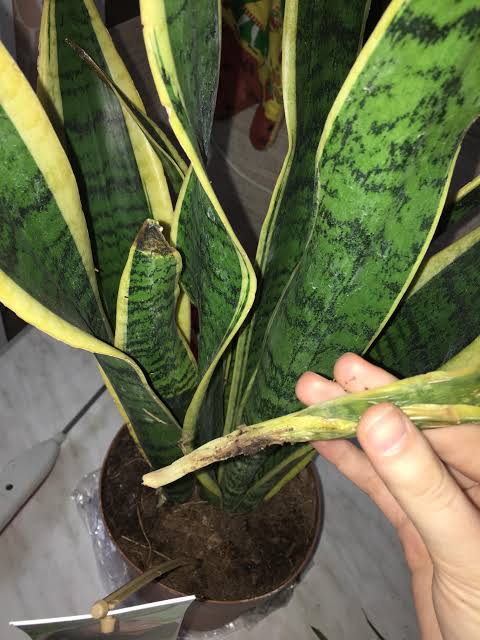
Follow these simple steps to get rid of fungus gnats from your snake plant:
Step 1: Identify the Culprits
Before getting into the battle, understand your enemy. Fungus gnats thrive in damp soil, laying their eggs in the top layer. You can tell their presence by seeing small, mosquito-like insects hovering around your snake plant.
Step 2: Allow Soil to Dry
Moist environments are the best habitat for fungus gnats. You can solve this problem by allowing the soil to dry out between waterings, as this disrupts their life cycle.
Additionally, ensure proper drainage for your snake plant by using well-draining soil and pots with drainage holes.
Step 3: Targeted Watering
When you do water, adopt a targeted approach. Water the plant directly at the base, avoiding splashing water on the soil surface. This minimizes the moisture available for fungus gnat larvae.
Step 4: Drain Excess Water
Empty saucers under your pots regularly to prevent stagnant water. Note that fungus gnats lay eggs in moist soil, and eliminating excess water removes their breeding ground.
Step 5: Use Neem Oil Solution
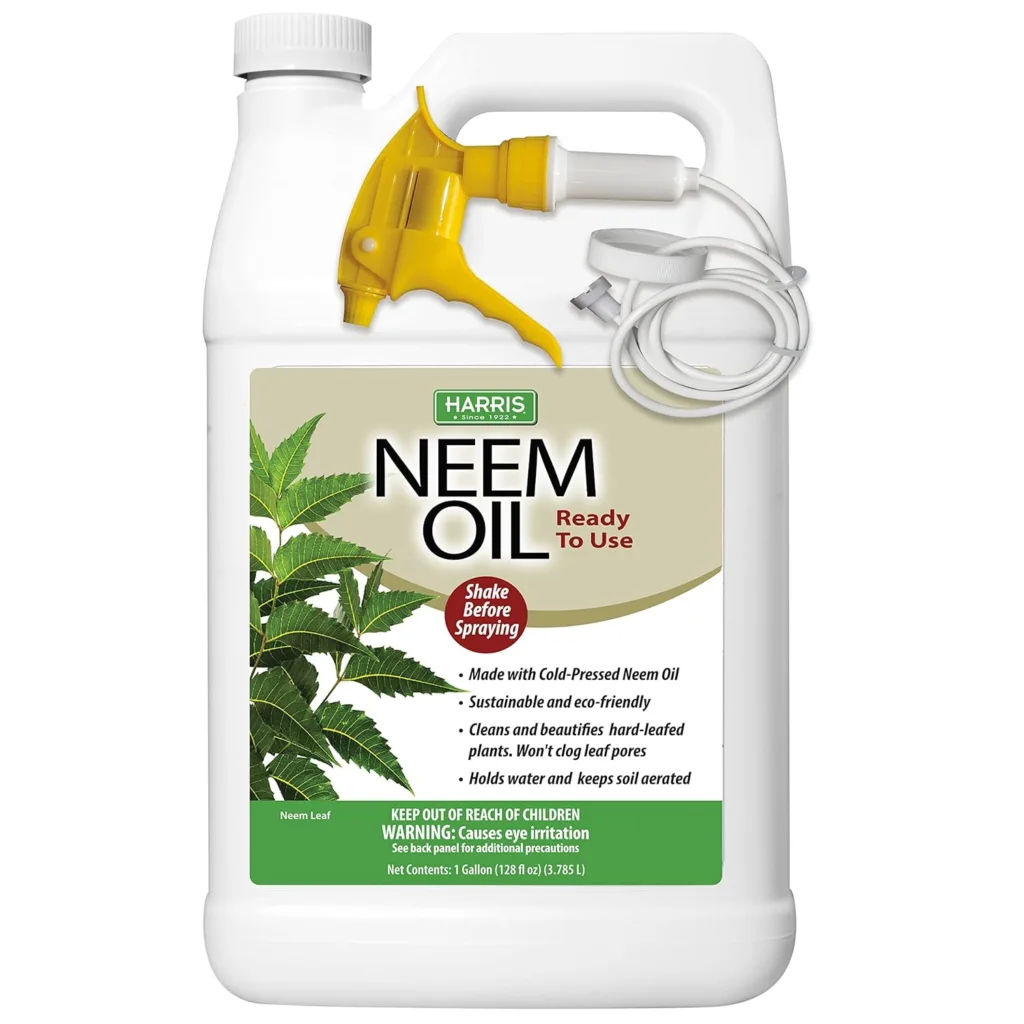
Neem oil (pictured ⬆) is a natural insecticide with anti-fungal properties. Mix neem oil with water and apply to the topsoil. This disrupts the life cycle of fungus gnats and discourages their presence.
Step 6: Erect Sticky Traps
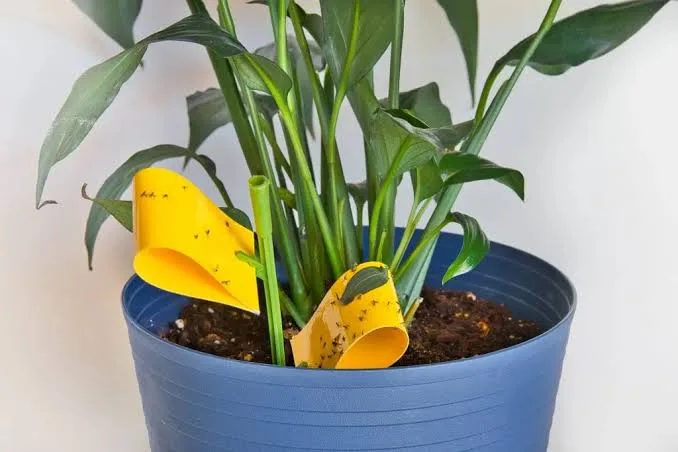
Strategically place yellow sticky traps near your snake plant. Fungus gnats are attracted to the yellow color, and the sticky surface traps them in mid-air, reducing their population.
Step 7: Use Cinnamon Defense
Sprinkle cinnamon on the topsoil. Cinnamon has antifungal properties and acts as a natural deterrent against fungus gnats. Plus, it adds a pleasant aroma to your indoor garden.
Step 8: Sprinkle Hydrogen Peroxide Solution
Create a solution of hydrogen peroxide and water (1:4 ratio) and drench the soil. This kills larvae without harming your snake plant. Repeat this process every two weeks until the infestation is under control.
Step 9: Quarantine New Plants
Before introducing new plants, quarantine them for a few weeks to ensure they are free from fungus gnats. This prevents the spread of infestations.
Step 10: Maintain a Clean Environment
Regularly clean the area around your snake plant, removing fallen leaves and debris. A clean environment reduces hiding spots for adult fungus gnats.
How to Get Rid of Fungus Gnats Snake Plant Pro Tips
Here are a few additional pro tips on how to grow a healthy snake plant indoors:
Optimize Air Circulation
Ensure there’s proper air circulation around your snake plant. Good airflow helps to keep the soil dry and makes it less favorable for fungus gnat infestations.
Introduce Beneficial Microorganisms
Use beneficial microorganisms like Bacillus thuringiensis (BT) or other beneficial bugs for houseplants. These organisms actively target and eliminate fungus gnat larvae, providing a biological solution to the problem.
Consider Bottom Watering
Instead of watering from the top, try bottom watering. Place your potted snake plant in a tray with water and let it soak up moisture from the bottom. This reduces surface moisture, making the environment less hospitable for fungus gnats.
Temperature Management
Fungus gnats thrive in warm and humid environments. Adjust the temperature in your indoor space, if possible, to make it less favorable for their reproduction.
Use Diatomaceous Earth
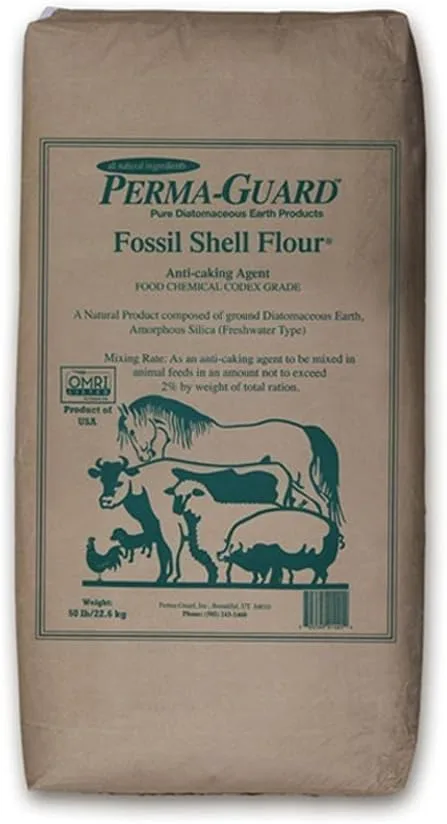
I cannot emphasize this enough! Diatomaceous Earth (pictured ⬆) is one of the best solutions for eradicating fungus gnats.
Sprinkle a thin layer of food-grade diatomaceous earth on the soil surface. This natural substance is harmless to plants but acts as a barrier that dehydrates and kills fungus gnat larvae.
Apply Sand as a Top Dressing
Cover the topsoil with a layer of sand. Sand not only discourages fungus gnat activity but also aids in maintaining soil moisture balance.
Be Patient and Persistent
Controlling fungus gnats may take some time. Be patient and persistent with your chosen methods, and consistently monitor the plant for any signs of reinfestation.
Regular Inspection
Keep a keen eye on your snake plant. Regularly inspect both the topsoil and the plant itself for any signs of pests or stress. Early detection allows for prompt action.
Rotate Insecticides
If using insecticides, consider rotating between different types. This helps prevent the development of resistance in the fungus gnat population.
Consult with Plant Experts
If the infestation persists or worsens, seek advice from local plant nurseries or horticulturists. They may offer insights specific to your region and the particular conditions in which your snake plant is growing.
Remember, the key to success is a combination of preventive measures, consistent care, and a variety of control methods.
By staying proactive and adapting your strategy as needed, you’ll give your snake plant the best chance to thrive, free from the nuisance of fungus gnats.
How to Get Rid of Fungus Gnats Snake Plant FAQs
Q: Why are fungus gnats attracted to my snake plant?
A: Fungus gnats are attracted to the moist topsoil of your snake plant, where they lay their eggs. These pests thrive in damp conditions and feed on decaying organic matter in the soil.
Q: Can I use regular soil for my snake plant, or is a specific type necessary to prevent fungus gnats?
A: While snake plants are adaptable, using well-draining soil is crucial to prevent fungus gnats. Incorporate perlite or sand to enhance drainage and reduce the risk of soil staying consistently moist.
Q: Are fungus gnats harmful to my snake plant’s health?
A: Fungus gnats themselves typically do not harm mature snake plants, but their larvae can damage the plant’s root system by feeding on roots and creating entry points for diseases. It’s essential to address the issue to maintain optimal plant health.
Q: Can I use chemical insecticides to get rid of fungus gnats on my snake plant?
A: Yes, chemical insecticides can be effective, but it’s recommended to try natural solutions first to avoid harming the plant. If using chemicals, follow the instructions carefully and consider rotating between different types to prevent resistance.
Q: How long does it take to get rid of fungus gnats once I start treatment?
A: The timeline varies, but consistent application of control methods should show results within a few weeks. Patience is key, as it may take some time to break the life cycle of fungus gnats completely. Monitor the plant regularly and adjust your approach as needed.
Final Thoughts on How to Get Rid of Fungus Gnats Snake Plant
Arm yourself with the knowledge and proactive strategies outlined in this guide. That way, you will not only know how to get rid of fungus gnats from snake plants but also reclaim your indoor plantain.
Remember, a thriving indoor garden begins with a healthy and pest-free environment for your green companions. By implementing the step-by-step solutions and incorporating the pro tips, you’re not just eliminating a nuisance – you’re fostering an optimal habitat for your snake plant to flourish.
So, roll up your sleeves, embrace these techniques, and watch as your snake plant regains its vibrancy.

